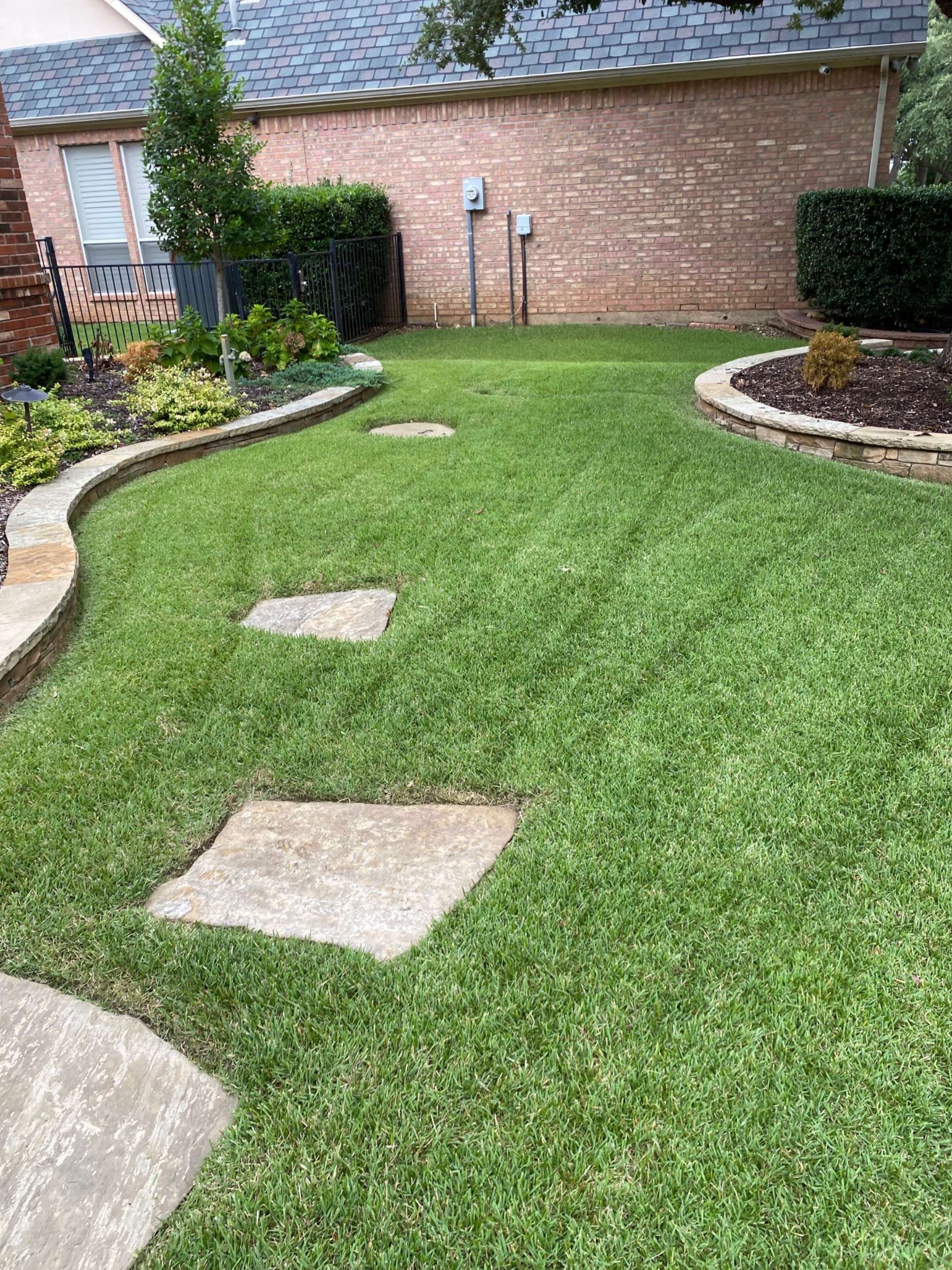How to Plant a Tree (and Save Money on Your Energy Bill!)
How to Plant a Tree (and Save Money on Your Energy Bill!)
Studies have suggested that properly placing just 3 trees around your property can save the average homeowner around $100-$250 per year in energy costs. Even though planting a tree can seem like a big job, the potential rewards can be well worth the commitment.
Luckily, planting a tree isn’t as big of a job as you might think. In fact, if you follow a few simple steps, you can do it quickly and safely.
Read on for our complete guide on how to plant a tree.
The Benefits of Planting Trees Around Your Property
Incorporating trees in your landscape design isn’t just aesthetically pleasing: the shade and insulation they provide can wind up saving you big in energy costs. Learning how to plant a tree is a quick and easy way to increase energy efficiency in and around your home.
Whether you’re a small-time homeowner or the owner of a large commercial building, planting trees can provide a beautiful and beneficial service to your property. In fact, trees planted around urban buildings can reduce the energy used for air conditioning by up to 30% , with an additional 20-50% savings in heating energy too! Plus, they provide excellent curb appeal, helping you boost the resale value of your property as well.
How to Plant a Tree: A Step-By-Step Guide
Figuring out how to plant a tree isn’t as complicated as it sounds. By following these steps, you should experience successful tree rooting and growth in no time.
Step 1: Choose a Place to Plant the Tree
When planting a tree, it should be at least 10 feet away from the foundation of your home or building. For optimal energy benefits, plant it where its eventual growth will block and insulate your home’s windows.
Step 2: Dig a Hole for the Tree
One of the most important steps when learning how to plant a tree is digging the right size hole. As a general rule, the wider the planting hole, the better the tree growth.
It’s recommended to dig a hole at least twice as wide as the tree’s root ball. Three times as wide is even better for optimal growth.
As for the depth, make sure it’s about the same height as the root ball. If you plant it too deeply, root settling could end up inhibiting the growth.
Step 3: Backfill the Soil
Planting a tree is easy and can wind up saving you big in energy costs over the years. Now that you know how to plant a tree, find a few saplings and get planting!
For assistance in landscape planning and planting, contact us today to get a free estimate!
Once you’ve placed the tree in the soil, start adding the soil back in the hole. Be sure you’re packing lightly and ensuring the tree trunk stays straight.
Step 4: Water the Backfilled Soil
When you’re learning how to plant a tree, eliminating air pockets in the backfilled soil is essential. To do this, simply water the soil with a strong hose blast to allow the newly placed soil to settle.
Step 5: Add Mulch
Once your soil is prepared, place about a 3-inch depth of mulch or other organic matter such as leaves or ground bark. Spread it out well beyond the drip line for the best results.
Step 6: Keep the Tree Watered
The single most important step of how to plant a tree is keeping it watered after you’ve planted it. Check a depth of about a few inches to see when the soil is dry and in need of watering. Keep this up for a few months until the tree has established itself.
Learning How to Plant a Tree
Planting a tree is easy and can wind up saving you big in energy costs over the years. Now that you know how to plant a tree, find a few saplings and get planting!
For assistance in landscape planning and planting, contact us today to get a free estimate!
The post How to Plant a Tree (and Save Money on Your Energy Bill!) appeared first on TerraTurf.







